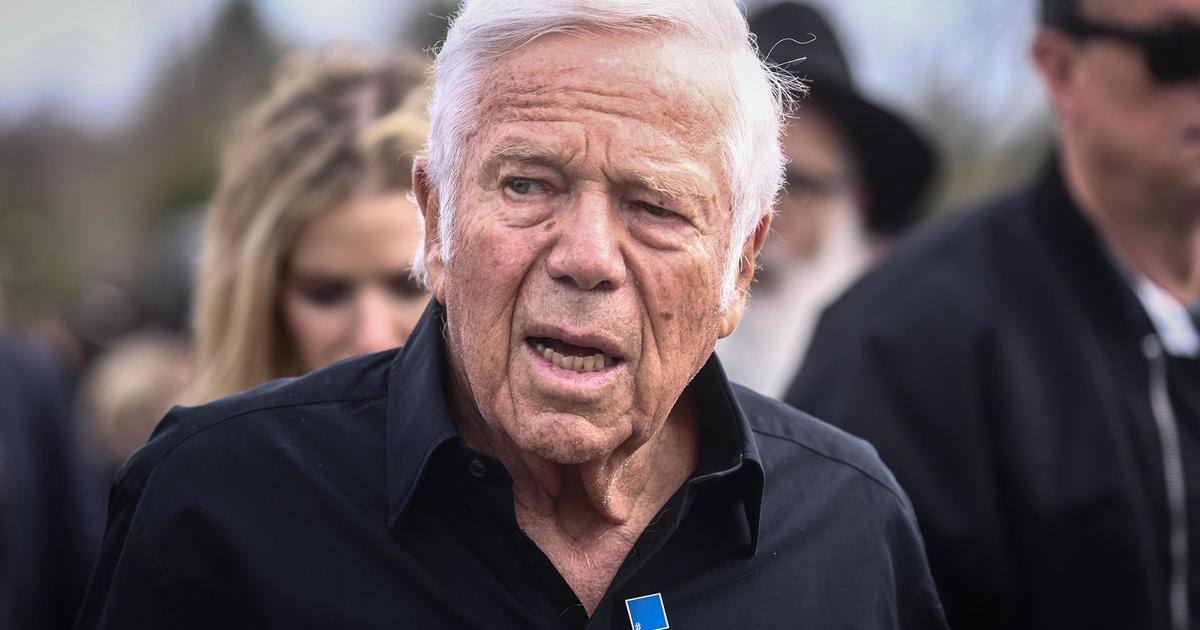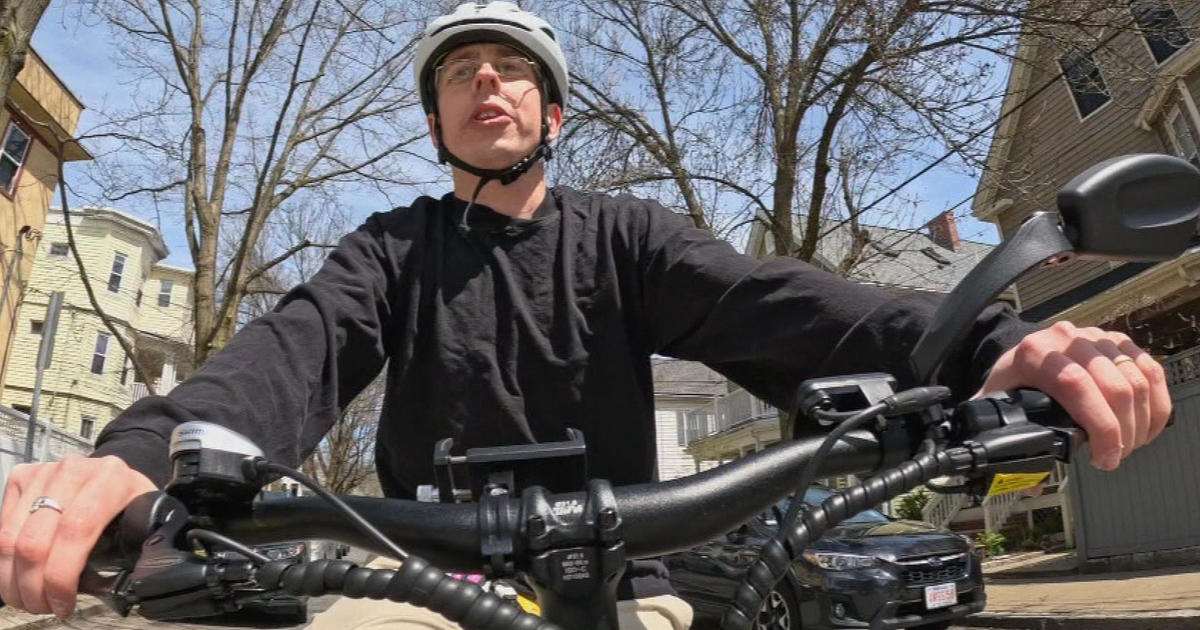Do School Buses Need Seat Belts?
(CBS/CNN) -- Impassioned debates about safety tend to follow every deadly wreck involving a school bus -- such as Thursday's tragedy in Morris County, New Jersey.
A bus collided with a dump truck and flipped, resulting in two deaths and 43 people injured, according to Gov. Phil Murphy. One of the deceased is a child, while the other is an adult, he said. Some of the injured were in critical condition and undergoing surgery.
One boy said the crash left students "hanging from their seatbelts," according to CBS New York.
Unnerved parents across the nation are undoubtedly wondering: Should our children be wearing seat belts as they ride to and from school?
In fact, federal law requires smaller school buses -- those weighing 10,000 pounds or less -- to have lap-shoulder belts, according to the National Conference of State Legislatures. School buses above that weight are not mandated to provide seat belts for passengers.
States or local jurisdictions, however, are free to pass stricter regulations.
Seven states -- Arkansas, California, Florida, Louisiana, New Jersey, New York and Texas -- have passed some variation of a seat belt law for larger school buses (even if funding had not been appropriated in all cases), notes the National Conference of State Legislatures.
Seat belts are not required on Massachusetts school buses. The state's school bus safety fact sheet says more than 20 districts have their own policies about seat belts on buses.
There are strong voices on both sides of the school bus seat belt issue.
Protected by 'compartmentalization'
The National Highway Traffic Safety Administration, which is part of the Department of Transportation, is responsible for keeping people safe on America's roadways. It enforces vehicle performance standards and partnerships with state and local governments.
The agency's regulatory documents and its website consistently maintain the position that seat belts in larger school buses are not necessary.
"There is no question that seat belts play an important role in keeping passengers safe," the website notes. "But school buses are different by design, including a different kind of safety restraint system that works extremely well."
As explained by the agency, large school buses are heavier than passenger cars and distribute crash forces differently, resulting in bus passengers experiencing much less crash force than those riding in passenger cars, light trucks or vans.
Since small school buses are closer to cars in both size and weight, seat belts are necessary to provide protection in those vehicles, it says. School buses weighing 10,000 pounds or less -- the smaller ones -- must be equipped with lap and/or lap/shoulder belts at all designated seating positions.
However, large school buses are a different matter, according to the National Highway Traffic Safety Administration. In these large vehicles, an engineering concept called compartmentalization -- which translates, in practice, to strong, closely spaced seats and energy-absorbing seat backs -- protects children from crashes.
The nation's school bus fleet is 2½ times the size of all other forms of mass transportation combined, while each school day, more than 25 million American children ride in these buses to and from school, according to the National Association for Pupil Transportation, a trade association in the student transportation industry.
As to whether seat belts would increase safety in larger school buses, the trade association states that "a great deal of ambiguity remains."
A clear opposing viewpoint to the official position of the federal government, though, is espoused by the American Academy of Pediatrics. It offers a long trail of published studies and editorials about school bus safety, including the use of seat belts, reaching all the way to the mid-1980s.
"Simply put, in a perfect world, all school buses would have seat belts in all seating positions. Sadly, it's a more complex world than that," said Dr. Ben Hoffman, chairman of the academy's Council on Injury, Violence, and Poison Prevention and a practicing pediatrician at Oregon Health & Science University in Portland, describing the policy.
Hoffman said the academy's position has always been "that seat belts on school buses would be a good thing for kids."
'Astronomically high' costs
The principle of compartmentalization protects children "to a large degree," Hoffman said. "We do know that school buses, in the grand scheme of things, tend to be very safe vehicles, They travel at relatively lower speeds most of the time, they travel predictable routes, they're very visible, and they're also very big so that in the event of a collision, they're gonna tend to win."
So, for the majority of minor crashes, "compartmentalization works," he said, though this doesn't mean a child provided with a seat belt or seat harness wouldn't have a lower risk of injury.
School bus rollovers and high-speed crashes are "where we probably would see the greatest benefit" in adding belts to buses, Hoffman said. "Fortunately, those tend to be very rare."
Ultimately, the biggest barrier to retrofitting school buses with seat belts is the cost, which would be "astronomically high," he said. And since school buses have a lifespan of somewhere between 10 and 20 years, even if municipalities passed policies to require seat belts, they would probably be for newly purchased buses. In that scenario, it would take a long time for an entire fleet to become fully equipped.
Most recently, in May, the American Academy of Pediatrics released guidelines for students with special health care needs, including the approximately 300,000 who travel seated in wheelchairs on school buses each day. This new policy, Hoffman said, "is really about establishing guidelines to ensure that every child can be transported safely to school, regardless of their ability or disability."
"National PTA advocates that all new school buses be equipped with three-point seat belts," said Heidi May Wilson, a spokeswoman for the organization. Additionally, the PTA endorsed a bill introduced in the House of Representatives last year that requires the Department of Transportation to establish a program to provide school buses with seat belts and other safety features.
Generally, school buses are much safer than traveling in a private car, Hoffman said. "The majority of injuries that occur with school buses actually occur getting on and off the bus or happen around a bus rather than in a moving bus."
(© Copyright 2018 CBS Broadcasting Inc. All Rights Reserved. CNN's Susan Scutti contributed to this report.)



